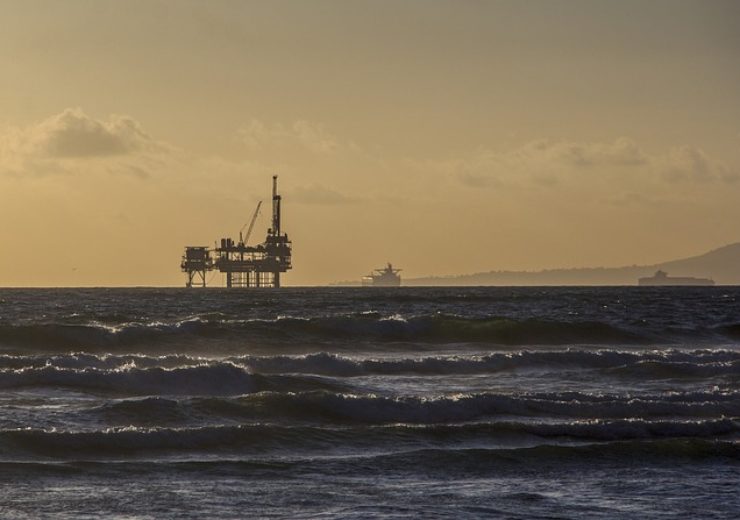The Sangomar field is estimated to produce 645 million barrels of oil equivalent

The Sangomar field is located in the Senegalese part of the Mauritania-Senegal-Guinea Bissau Basin. (Credit: D Thory from Pixabay)
Woodside and its partners have secured approval from the Senegalese government for the exploitation plan for the Sangomar field (formerly known as SNE field), offshore Senegal.
The government has also granted exploitation authorisation to the Rufisque Offshore, Sangomar Offshore and Sangomar Deep Offshore (RSSD) joint venture for the field development.
Woodside said that the start of the execution phase of the phase 1 development of the Sangomar oil field will be subject to final execution of the host government agreement with the Senegalese government along with the approval and award of key contracts.
The RSSD joint venture is made up of Woodside Energy (Senegal), Capricorn Senegal, a subsidiary of Cairn Energy, FAR, and Petrosen.
Woodside has a 35% stake in the RSSD joint venture, while Cairn Energy Senegal holds 40% stake. FAR and Petrosen hold 15% and 10% stakes respectively in the joint venture.
FAR managing director Cath Norman said: “This is a momentous milestone for the joint venture and the people of Senegal and FAR is proud to have played an integral part in the discovery, appraisal and now commitment to develop the significant oil resource offshore Senegal.”
Partners aim to bring Sangomar field on stream in 2023
First oil from the Sangomar field is aimed to be drawn in early 2023. The Senegalese field is estimated to produce 645 million barrels of oil equivalent (mmboe), which includes 485mmbbl of oil and 160mmboe of gas.
The oil field is located in the Rufisque, Sangomar and Sangomar Deep Blocks, which are spread over a combined area of 7,490km² within the Senegalese part of the Mauritania-Senegal-Guinea Bissau Basin.
The RSSD partners plan to develop the Sangomar field with a stand-alone floating production storage and offloading (FPSO) facility with 23 subsea wells and associated subsea infrastructure.
The FPSO, which is likely to have a production capacity of 100,000 bbl/day, will process the oil before its export to market through tankers. The vessel will facilitate the integration of potential future development phases, which includes gas export to shore and subsea tie-backs at a later stage.
